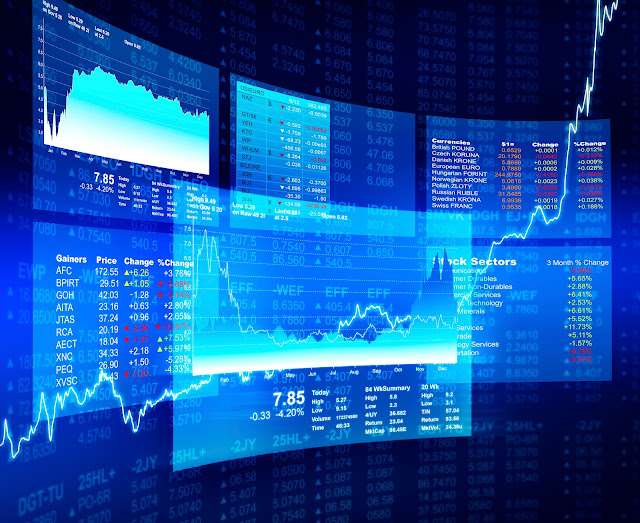Are Penny Stocks a Good Investment for Newbies?

Penny stocks are company shares that cost less than $5 to buy. "Penny stocks" are not necessarily "small-cap stocks," "micro-cap stocks," "nano-cap stocks," or even "large-cap stocks," contrary to common assumption. To determine if penny stocks are suitable for beginners, you must first grasp the fundamentals. The phrase "market capitalization" is used to describe the value of a firm based on its current market price multiplied by the number of outstanding shares. Mega-cap stocks: Companies having a market value of more than $200 billion fall under this category. Large-cap stocks: Market capitalizations ranging from $10 billion to $200 billion. Mid-cap stocks: Market capitalizations ranging from $2 billion to $10 billion. Small-cap stocks: Market capitalizations ranging from $300 million to $2 billion. Micro-cap stocks: Market capitalizations ranging from $50 million to $300 million. Nano-cap stocks: Companies with a market w





